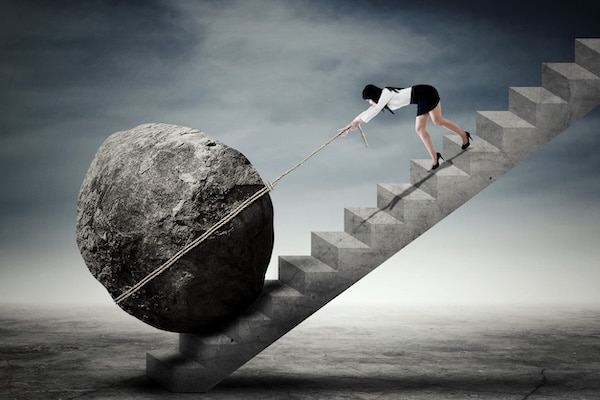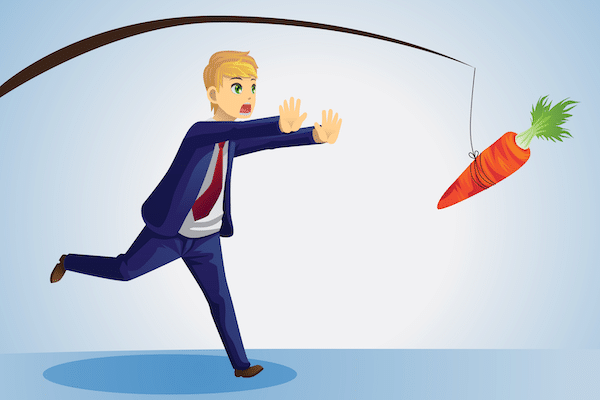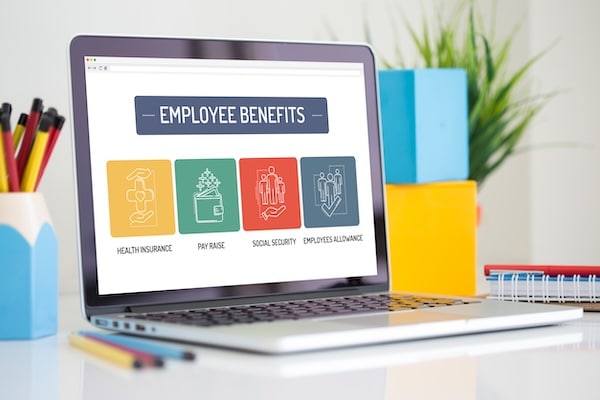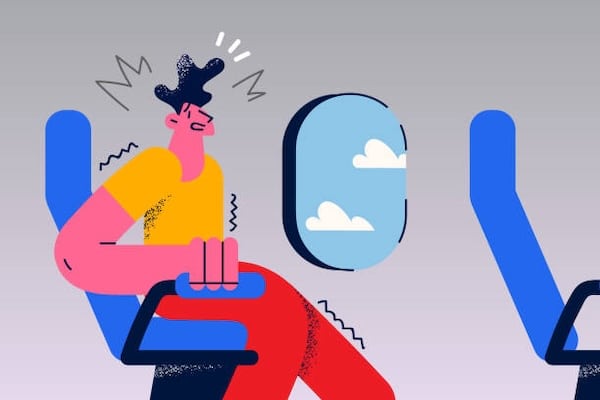Why Is It So Hard to Pay Off Your Credit Card? (Part 3)

Part 3: Lifestyle Creep ŌĆö The Slow Drift That Becomes the Avalanche
You had a few splurges.
Then came the crisisŌĆöcar repairs, a medical bill, a stretch of unemployment.
You figured you’d bounce back.
But now, the bounce isnŌĆÖt happening.
And without fully realizing it, your lifestyleŌĆöthe routines, the spending patterns, the monthly ŌĆ£normsŌĆØŌĆöhas quietly expanded.
At the same time, the world around you has shifted.
And holding steady now costs more than it used to.
The Drift Begins Quietly
It doesnŌĆÖt start with excess.
It starts with survivalŌĆöand self-soothing.
- A nice dinner after a long week
- New clothes for a job interview
- A small vacation to reset after burnout
Then a crisis hits.
You lean on the card. You plan to make up for it.
But then groceries go up.
Your rent renews at a higher rate.
The minimum payment on your card grows quietly, and so does the interest.
YouŌĆÖre not making bad decisions.
YouŌĆÖre just trying to hold onto a life that felt sustainable before the drift.
When the Economy Adds Weight
YouŌĆÖre not imagining itŌĆöyour money doesnŌĆÖt go as far as it used to.
- Inflation has raised the cost of nearly everything: groceries, gas, utilities, healthcare.
- Interest rates mean youŌĆÖre paying more just to carry the same debt.
- Wages havenŌĆÖt risen at the same pace.
So now, itŌĆÖs not just lifestyle creep.
ItŌĆÖs economic compression.
What once felt reasonable is now barely manageable.
And what once felt like a cushion is now a crack in the floor.
You havenŌĆÖt added luxury. YouŌĆÖve added normalcy.
But even maintaining that has started to cost more than you can comfortably afford.
A Swim Against the Tide
The splurges were the start.
The emergency cracked your footing.
And now, macro-economic pressure is flooding in from every direction.
The waterŌĆÖs risingŌĆöand you’re swimming with weights on.
This is the tipping point most people donŌĆÖt talk about:
When your economic productivity becomes a net negativeŌĆö
when your income no longer covers the cost of living as it exists today.
You’re not failing.
You’re fighting gravity.
Credit cards become the bridgeŌĆöbut that bridge is crumbling under the weight.
This is how the avalanche forms.
Not all at onceŌĆöbut in layers.
Each layer makes the next feel inevitable.
Each step makes the climb out harder to see.
Final Thought
Debt rarely arrives like a lightning bolt.
It builds slowlyŌĆöthrough a thousand decisions, emotional pivots, and external forces you didnŌĆÖt create and canŌĆÖt control.
And by the time you look up, youŌĆÖre not just in debt.
YouŌĆÖre in motion, sliding, sinkingŌĆöworking hard and still falling behind.
At Dealing With Debt, we believe naming this process is the first step toward changing it.
Not with blame. But with truth. With clarity. With community.
You are not broken.
You are swimming upstream in a current far stronger than most people realize.
WeŌĆÖll face it together.
Because understanding how it happens is the start of taking back controlŌĆöone budget at a time.






Responses